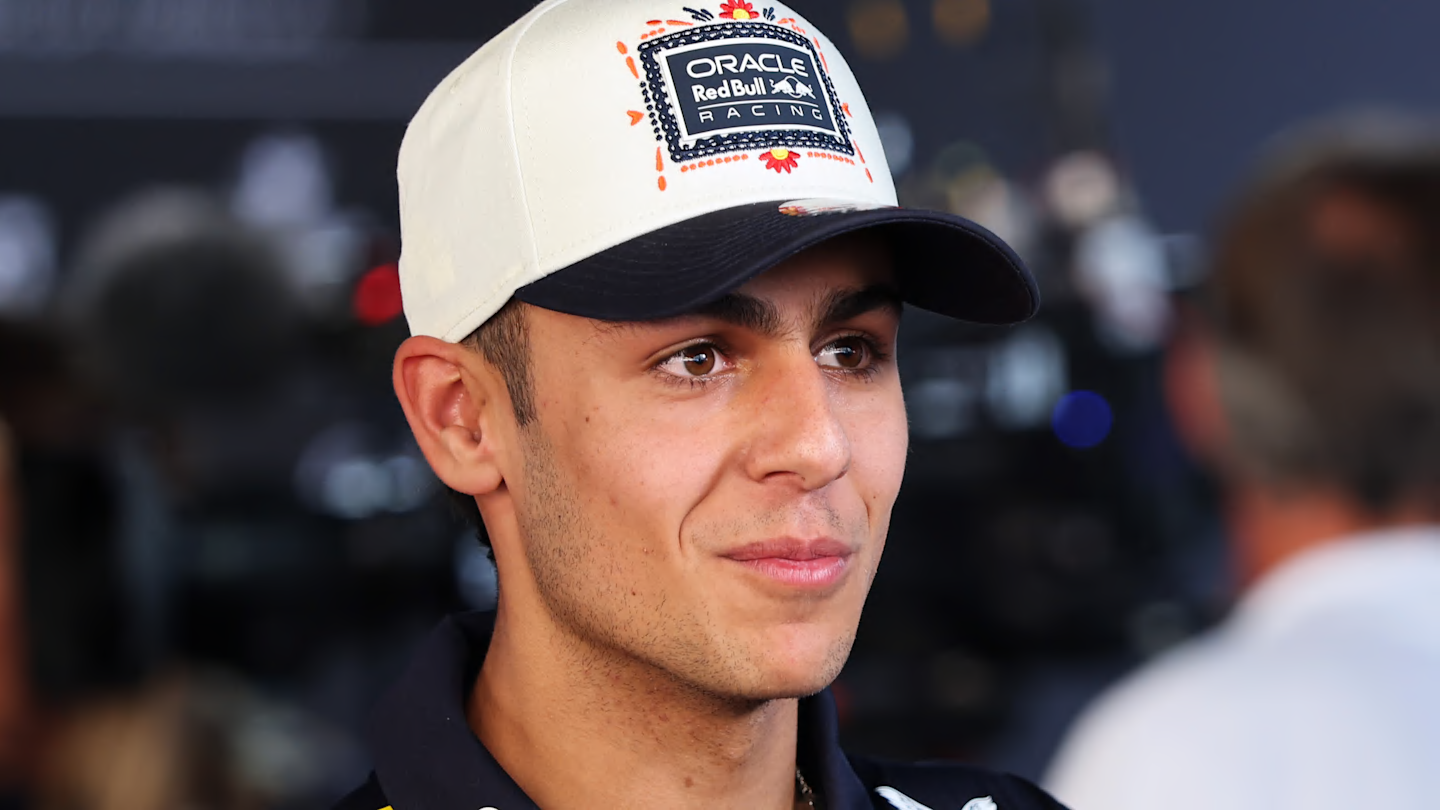As the racing world wraps up numerous junior series around the globe and Formula 2 prepares to conclude later this month, attention is turning to the next generation of Formula 1 stars. Many talented drivers are on the cusp of making their debut or advancing within the sport, and their performances could shape the landscape of F1 by 2026.
One of the most anticipated prospects is Liam Lawson, a talented driver from New Zealand currently competing in Formula 2. Known for his aggressive driving style and consistency, Lawson has shown remarkable skill and maturity on the track. His performances have garnered attention from F1 teams, and many believe he could be a strong contender for a seat in the near future.
Another promising talent is Oscar Piastri, an Australian driver who has already made a splash in Formula 2 with multiple wins and podium finishes. Piastri's technical skill and racecraft have impressed many within the paddock. His potential move to an F1 team could see him become a regular contender, especially if he joins a competitive team that can capitalize on his talent.
Lastly, Frederik Vesti from Denmark has been steadily climbing the ranks through Formula 2. Known for his strategic approach and calm demeanor under pressure, Vesti has the qualities needed to succeed at the highest level. His development over the next few years will be crucial in determining whether he can break into F1 and make an impact by 2026.
These drivers represent just a glimpse of the emerging talent that could reshape Formula 1 in the coming years. Their progression through the junior ranks and eventual debut in F1 will be closely watched by fans and teams alike. With the sport continually evolving, the 2026 season could see new stars rising to prominence, driven by their skill, determination, and the opportunities they seize early in their careers.
In conclusion, Liam Lawson, Oscar Piastri, and Frederik Vesti are among the top prospects to watch as they potentially transition into Formula 1. Their performances in the coming seasons will not only determine their own futures but could also influence the competitive dynamics of F1 in 2026 and beyond.
